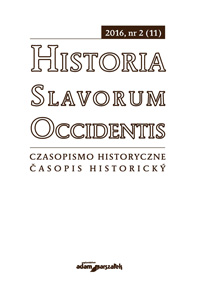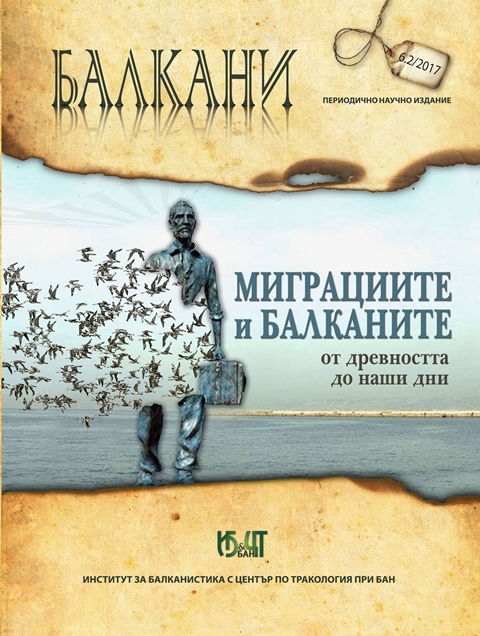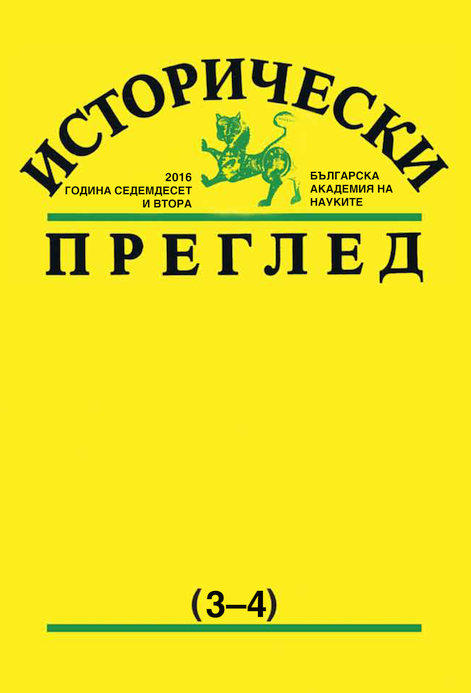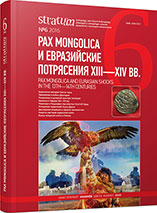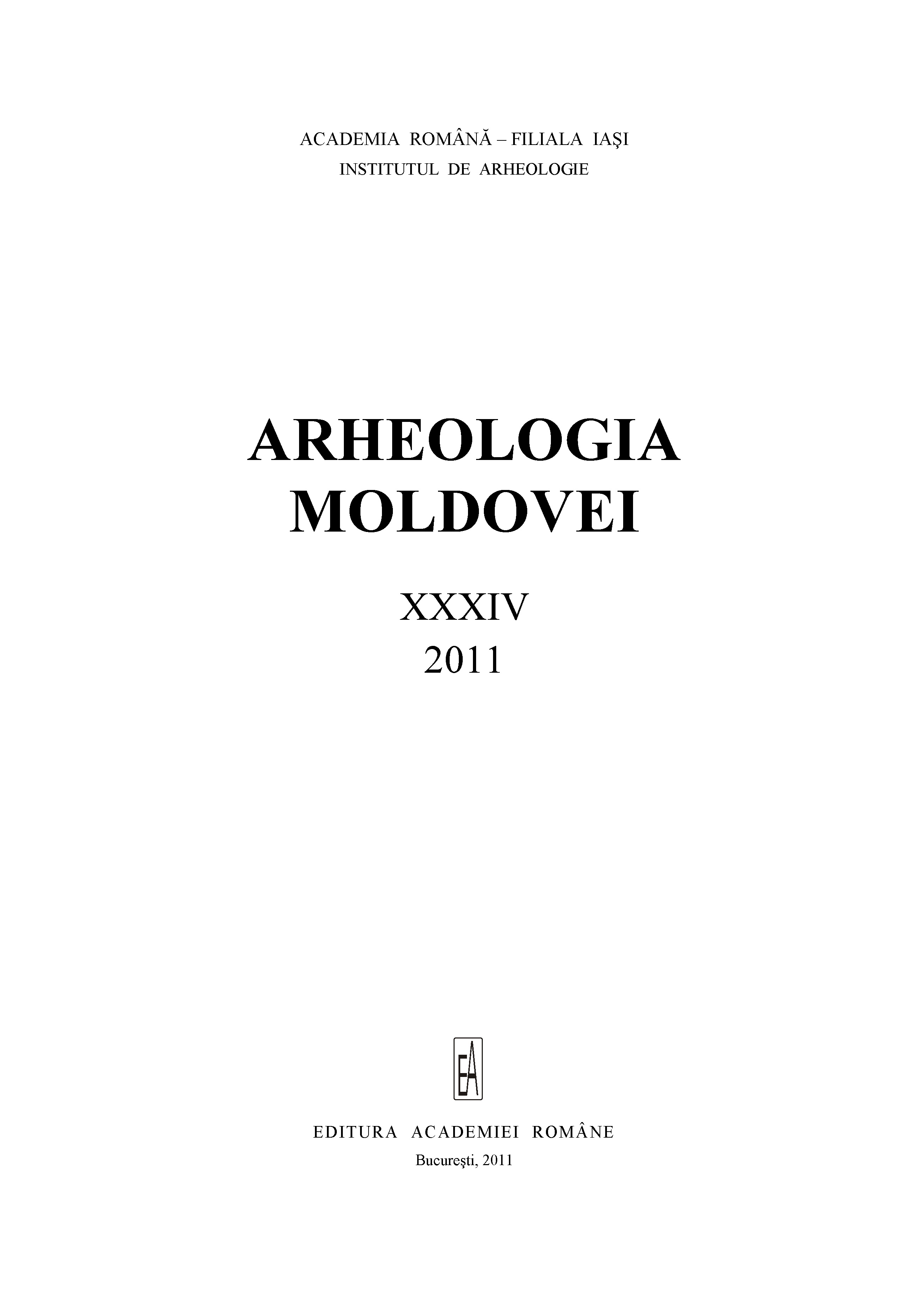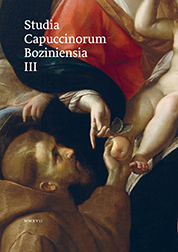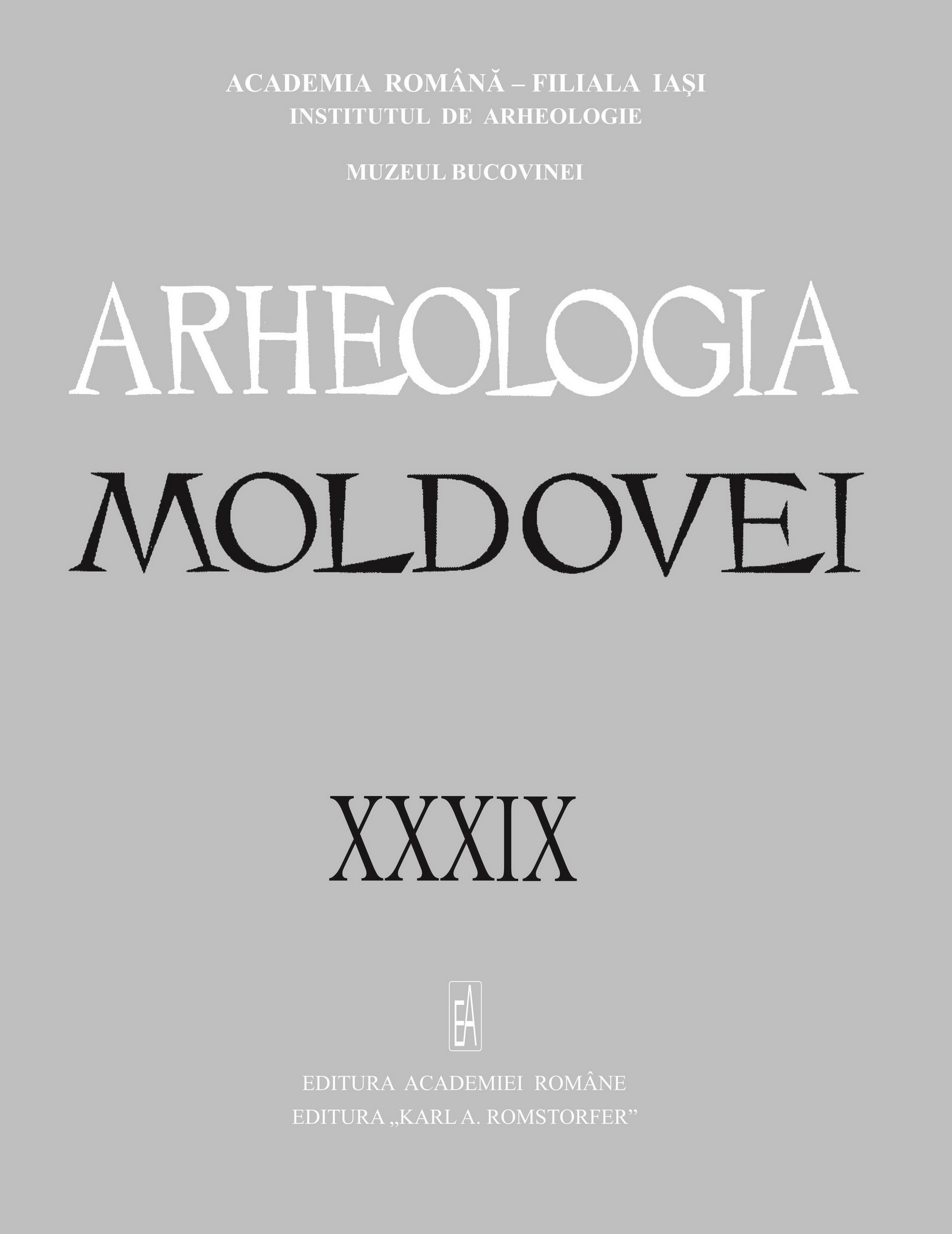Author(s): Ana Boldureanu,Ludmila Bacumenco-Pîrnău / Language(s): English,Romanian
Issue: 1/2011
The archaeological researches that have been carried out on the territory of Cetatea Albă, both of the old Tyras and the mediaeval fortification (Asprokastron, Moncastro, Akkerman, Belgorod) have allowed the discovery of a substantial numismatic material preserved in various public but also private collections in Republic of Moldova, Russia, Ukraine, etc. These have been only partially published or pointed out, having as a result the remaining as still unknown a series of important sources that could have brought important information about the genesis and evolution of the mediaeval settlement but also about the military, political and economical role of Cetatea Albă. We can also add in this context the group of coins that come from a private collection of Cetatea Albă (Belgorod-Dnestrovskij, region of Odessa, Ukraine), offered for research to the authors by the archaeologist V. Cojocaru. The coins represent more monetary spaces and cover a wide time range, from the end of the 13th century – the beginning of the 14th century, when the Golden Hoard has accepted the setting up of the commercial factories on the north –pontic littoral and till the 18th century. The presentation of the group begins with Golden Hoard coins. The first of the mis a piece of the same type as the one issued in Krim in the name of Khan Tokta (nr. 1). Several aspects are discussed, concerning the assignation and the establishing of the issuing place of this monetary type. A few issues of the type Costeşti-Gârla and Şehr al-Cedid (nr. 3–6, 9) have been remarked, as well as an imitation (nr. 10). The group also contains 2 silver tartarian issues of the 15th century, issued by Khan Seyyid Ahmad (1439–1465), at Orda Bazar. Coins nr. 11 and 12represent Tartaro-Genovese issues, one of which is a follar attributed to the Isaccea/Sakci mint, the second being a piece minted in Caffa during the reign of Ulu Muhammad, dated between years 1429–1433. Coin nr. 13 represents a bilingual asper also minted during Ulu Muhammad's reign, but together with the Venetian authorities of Tana, dated 1428. The file of the Moldavian issues that are located in Cetatea Albă has been enriched by nine pieces, among which we can also remark an imitation, as well as two silver tartarian coins, wearing countermarks of the Asprokastron type. The reign of Alexander the Good (1400–1432) is represented by three pieces, among which a type IV double-gross, dated between 1415–1430 and two half-gross pieces, one of type IV and another one of type V. A half-gross coin from Roman II (1447–1448) has also been remarked. The group contains four pieces issued during the reign of Stephen the Great, among which two gross and a half a gross belonging to the first type (nr. 19–20, 22) and the 21th piece which is representing the 2nd type of issues of this hospodar. The first countermarked piece of Cetatea Albă is a coin minted in the name of the Ulu Muhammad (1432–1459) in Orda Bazar until 1433 (nr. 24), and the second one was issued by Seyyid Ahmad (1433–1456) in an unknown mint (nr. 25). Keeping with some recent studies, these countermarks can be dated in the third and fourth decades of the 15th century, fact that is confirmed by the pieces of the analyzed group. The Khanate of Crimea is represented by two issues in the researched group. The first (nr. 26) has been issued in Kyrk-Er in the second reign of the Khan Mengli Girey (1469–1475), and the second (nr. 27) was minted in Bessarabia in the name of Krim Girey (1758–1764) in 1172 AH. The Ottoman issues, among which a few imitations could be noticed, contain pieces from Bayezid II until Mahmud IIand build a total of 24 pieces. The earliest coins are from the sultan Bayezid II, during the reign of which has Cetatea Albă came into the possession of the Ottomans. These are representing two mangirs, both of which are bearing the name of the sultan. One of them is however undated and does not contain the indication of the mint (nr. 28) and the second one, bearing the 903 year, minted in Kostantaniye (nr. 29). Three aspers from Selim the First, who has been in control of the fortress beginning with the year of 1511, have been pointed out. The first asper, dated between 1512 – August 1514 has been minted in Kostantaniye (nr. 30), and the next two aspers being a part of the third group of issues, dated between 1518–1520, minted in Novar and Serez. The reign of Suleyman I is represented by two aspers, minted in Sidrekapsı (nr. 33) and Srebreniçe (nr.34) and by two mangars of the same type, minted at Kostantaniye in 942 AH (nr. 35–36). An asper from Selim II has been registered, with Edirne as an origin (nr. 37), as well as three pieces from Murad III, issued in Inegöl (nr. 38), Edirne (nr. 39) and Kostantaniye (nr. 40). An asper minted in Constantinople (nr. 42), representing a new type from Ahmed I has also been observed. The most recent Ottoman issue of the presented group is a para or an asper from Mahmud II, minted in Misir. The group of Ottoman coins also contains two imitative issues. The first has, as a model, a coin from Bayezid II of the Ba type, from Novar (nr. 50), and the second one being a copy after the issues of the same issuer from Edirne (nr. 51). The group ends by a Hungarian dinar from Rudolf II at 1586 (nr. 52) and an issue of 3 Kreutzern from Leopold I, issued for Silesia and minted in Breslau in 1696 (nr. 53).
More...
